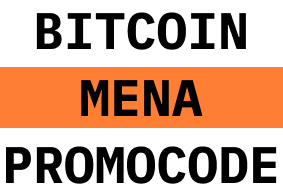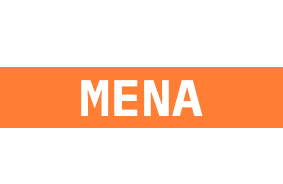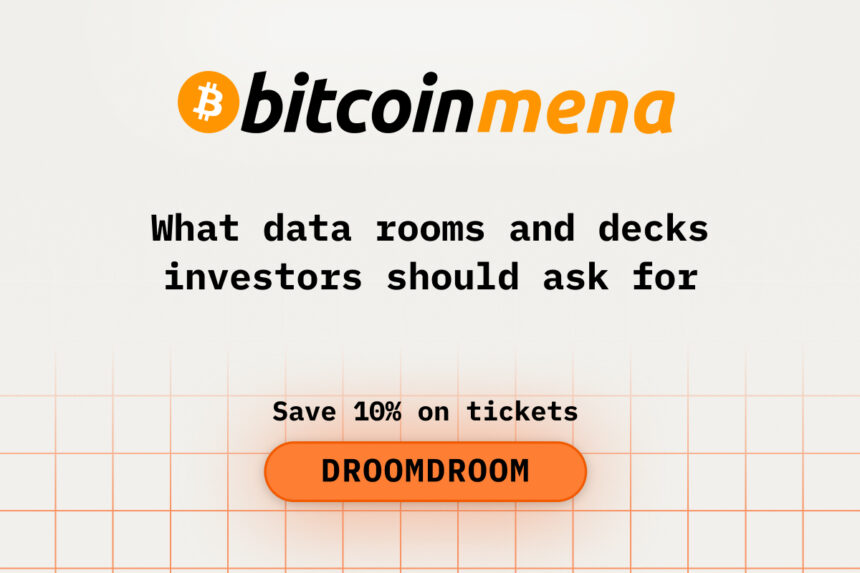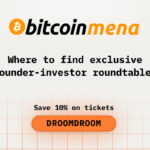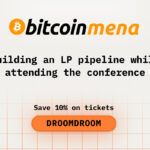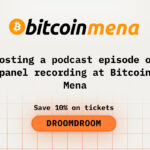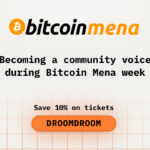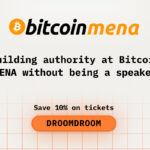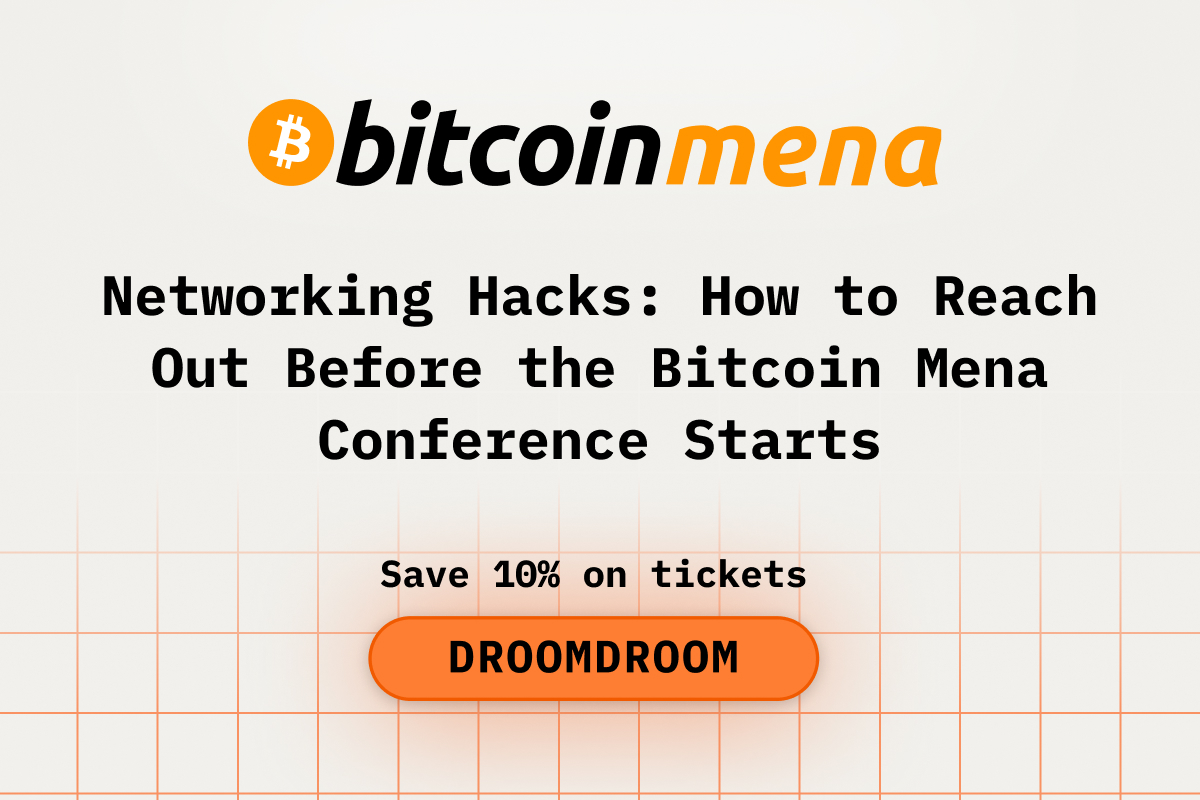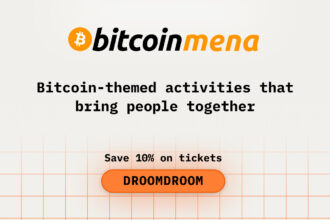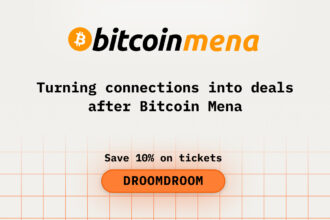At Bitcoin MENA, investors meet a flurry of startup pitches, demo booths, founder fireside chats, and high-visibility keynotes. But what separates the hype from the truly investable opportunities often boils down to the depth and structure of what founders are actually prepared to show: decks and data rooms. A well-constructed pitch deck grabs your attention; a well-organized data room lets you perform due diligence efficiently and with confidence. If you want to see beyond the slides and assess real substance, knowing which documents to request and how to evaluate them is essential. Also, if you’re preparing to attend:
- Why Decks & Data Rooms Are Essential
- What Founders Should Include in the Deck
- What Investors Should Ask to See in the Data Room
- Legal & Corporate Documents
- Financial Statements & Cap Table
- Product, Technical & Usage Metrics
- Market, Customers & Competitive Landscape
- Team & Operational Documents
- Best Practices for Data Room Organization & Security
- Red Flags & What to Push Back On
- How Investors Should Use Decks + Data Rooms During & After Bitcoin MENA
- Conclusion
Book your Bitcoin MENA ticket at a 10% discount by entering the official promo code DROOMDROOM.
Why Decks & Data Rooms Are Essential
A pitch deck acts as a narrative — it tells a story: problem, solution, vision, team, and opportunity. However, many decks gloss over assumptions, risk, or technical detail. That’s where the data room becomes indispensable: it stores the supporting evidence behind the narrative. Anything from financial metrics, legal documents, product performance, to customer contracts should be housed there. Tech investors often say that an organized data room reflects professionalism and readiness. One of the key benefits of data rooms is that they speed up due diligence by giving you access to the right documents securely and transparently. According to multiple startup guides, a clean data room with access control, version history, and proper folder structure not only builds trust but reduces friction in closing deals.
What Founders Should Include in the Deck
When evaluating pitch decks at Bitcoin MENA, you should insist they include certain key elements beyond general vision:
- A clear problem-statement rooted in Bitcoin’s constraints or opportunities.
- Product demonstration or prototype screenshots / testnet demos where applicable.
- Market size with regional context (MENA markets often have unique legal, regulatory, and adoption conditions).
- Traction indicators: user or dev metrics, retention, partnerships, or pilot customers.
- Team biographies emphasizing relevant experience (Bitcoin, cryptography, infrastructure, compliance).
- Go-to-market plan: how the product gets from prototype to adoption, what channels & pricing are used.
- Funding ask and use of funds, with clear milestones.
- Risks and mitigation strategies: regulation, technical dependencies, scaling, security.
A deck missing several of these often means assumptions are not validated.
What Investors Should Ask to See in the Data Room
A data room should hold the evidence behind what the deck claims. Here are critical document categories investors should require:
Legal & Corporate Documents
Founders should provide incorporation documents, shareholder agreements, intellectual property ownership (including any open-source license obligations), any regulatory licenses, major contracts or MoUs. Legal clarity is crucial especially in jurisdictions in MENA where regulation around crypto can vary significantly.
Financial Statements & Cap Table
Ask for historical P&L statements, burn rate, cash flow, balance sheets where available, and three-to-five year financial projections. The cap table should reflect equity, any SAFEs / convertible notes, option pools. Transparency here prevents nasty surprises after term sheets.
Product, Technical & Usage Metrics
Require system architecture diagrams, tech stack, existing integrations or dependencies, bug / audit history if applicable, and metrics on usage (active users, retention, engagement). For many Bitcoin-based projects, showing testnet or dev community traction is a strong signal.
Market, Customers & Competitive Landscape
Customer contracts, pilot program summaries, testimonials, user feedback, pipeline data, research on regional competitors, regulatory landscape. Investors want to see that founders understand where they sit in the competitive field, especially in MENA.
Team & Operational Documents
Resumes of founders and lead engineers, key staff contracts, organizational structure, plans to hire, mentor/advisor relationships. Also, risk disclosure (dependence on third parties, legal or operational risks). What you want is an aligned, credible team with capacity to execute.
Purchase your Bitcoin MENA ticket now and save 10% with the official promo code DROOMDROOM.
Best Practices for Data Room Organization & Security
Even if all the right documents are present, how they are organized and secured matters greatly. Best practices include:
- Clear folder structure with standardized naming, versioned files, an index or master list.
- Access control: limiting sensitive docs to serious investors; watermarking, view permissions, redaction where needed.
- Audit logs showing who accessed what and when. Helps you see investor interest and also spot leaks.
- Up-to-date documents; stale financials or metrics can erode trust fast.
Founders who follow these practices often impress more than those with extensive content but messy, incomplete, or inconsistent rooms.
Red Flags & What to Push Back On
While reviewing decks and data rooms, lean into questions that reveal whether things are genuine or inflated:
- Projections without assumptions: if revenue numbers are large but no detail on customer acquisition cost or regulatory/permitting timelines.
- Missing documentation: if team contracts, customer agreements, or regulatory compliance docs are absent or only partially provided.
- Discrepancies between deck claims and data room evidence (e.g., deck says “active users” but data room has only signups or simulations).
- Overoptimistic roadmap with no contingency, or lack of risk transparency.
Ask follow-ups and demand clarity. Often how a founder responds to ambiguity is as telling as the documents themselves.
Enjoy 10% savings on Bitcoin MENA tickets by applying the official promo code DROOMDROOM.
How Investors Should Use Decks + Data Rooms During & After Bitcoin MENA
At the conference, request decks ahead of meetings whenever possible. Ask if data room links are available or can be shared shortly after your first discussion. Use meetings to clarify ambiguous points, check assumptions. Post-conference, review the data room in depth: compare metrics, reach out to customer references, check any legal/regulatory documents, monitor founder updates. Teams that maintain communication and transparency after the event tend to deliver more.
Grab 10% off your Bitcoin MENA ticket instantly with the promo code DROOMDROOM.
Conclusion
In the fast-paced environment of Bitcoin MENA, your ability as an investor to identify signal depends heavily on what decks present and what data rooms deliver. Insist on clarity, organization, substance. Legal, financial, technical, market and team documents must all align. Presentation matters—but evidence matters more.
